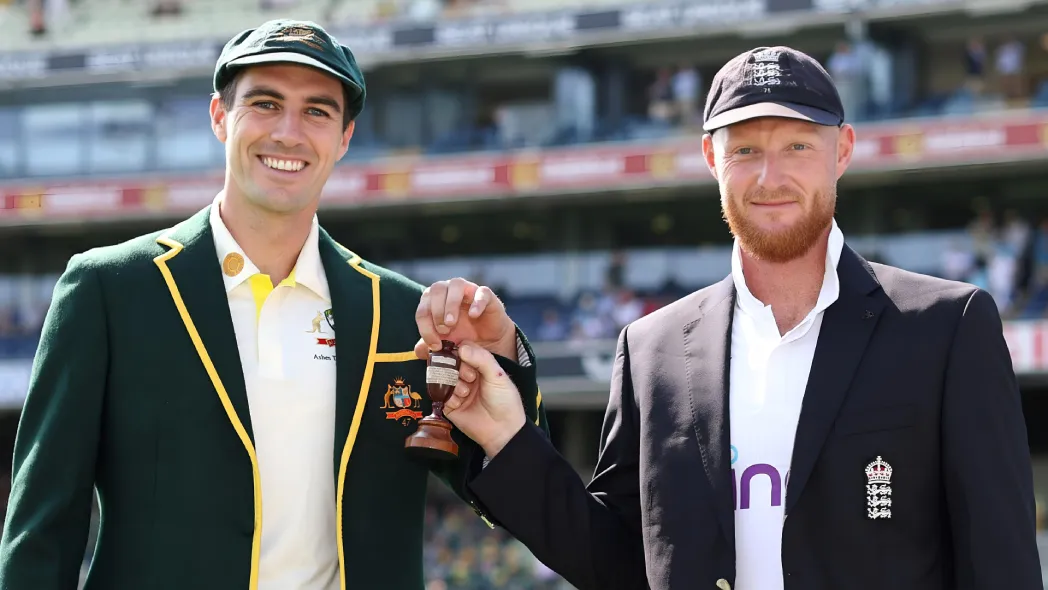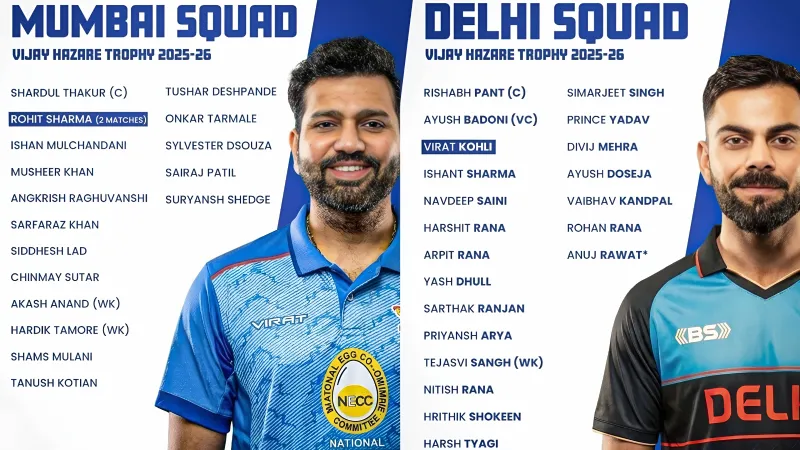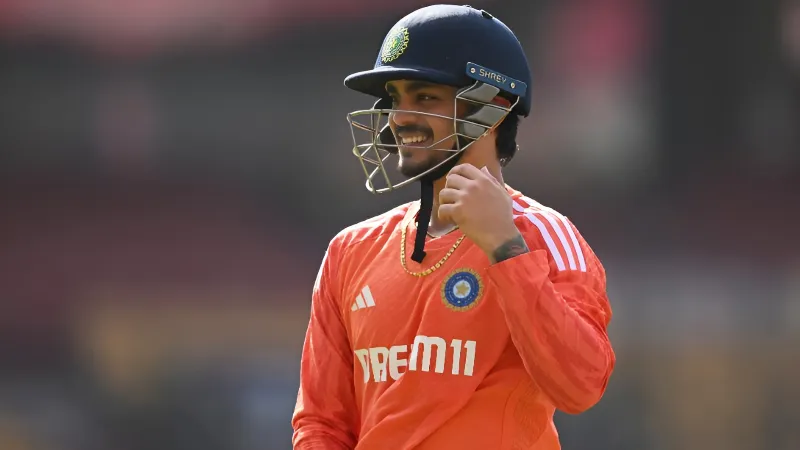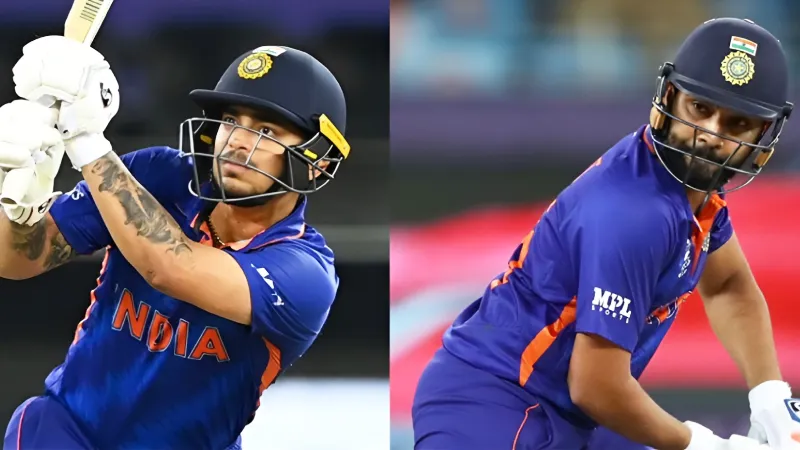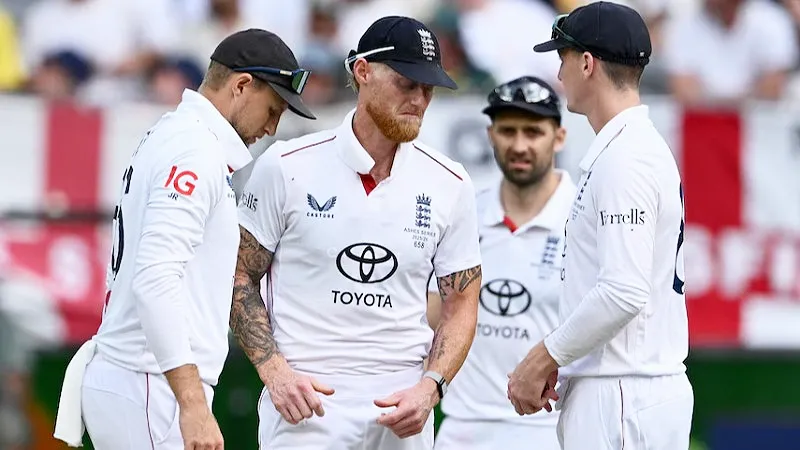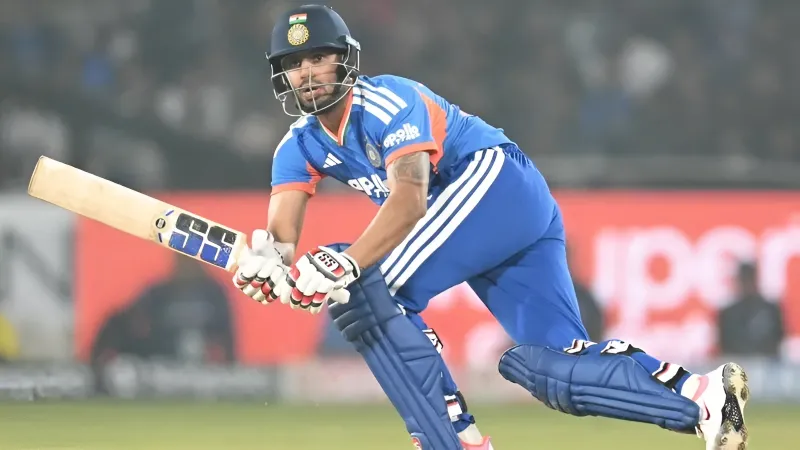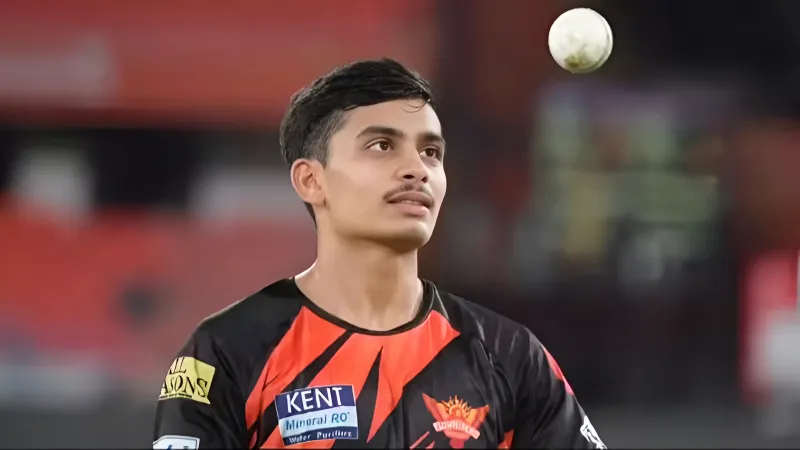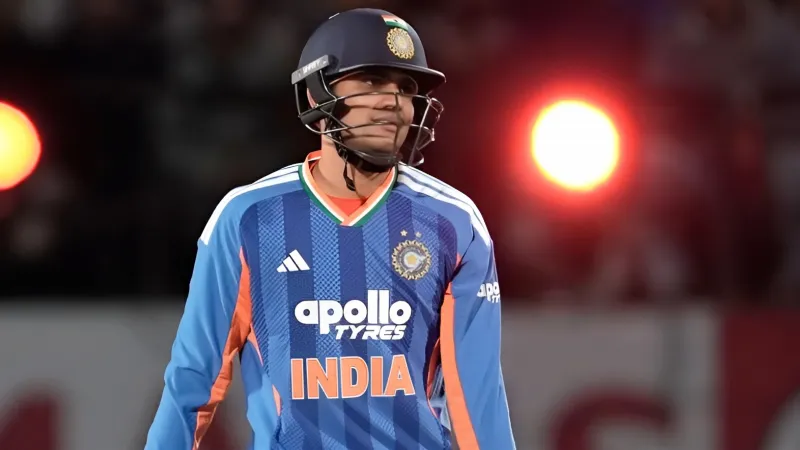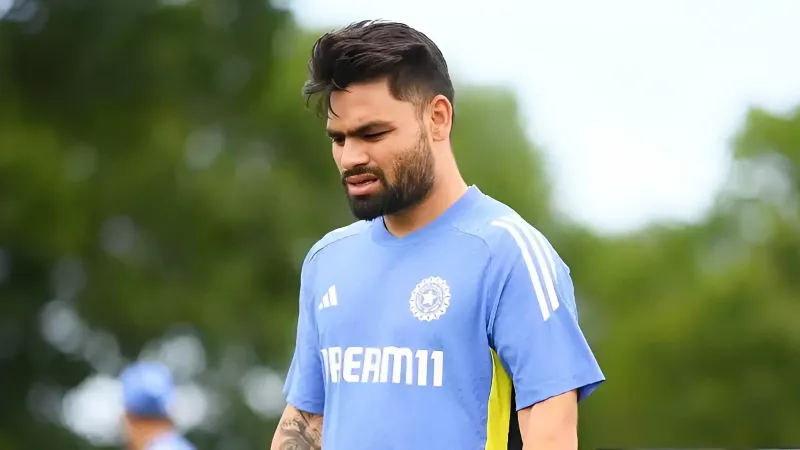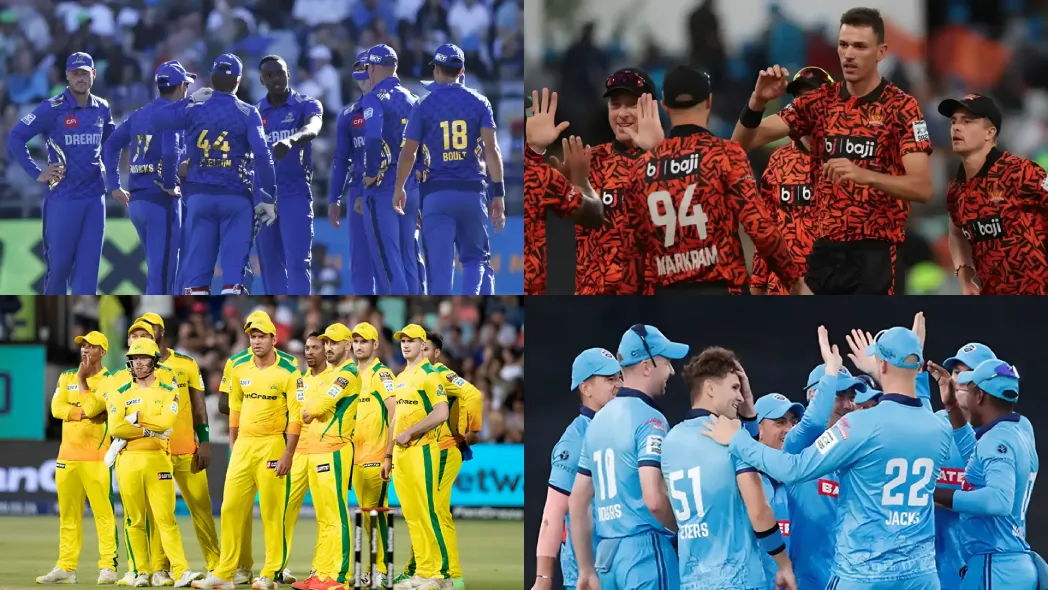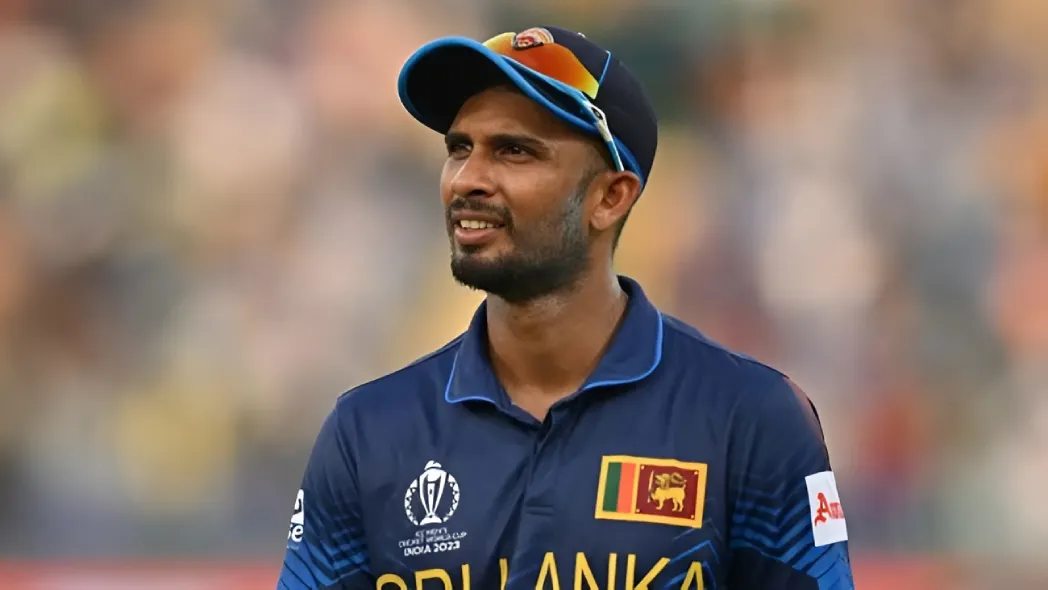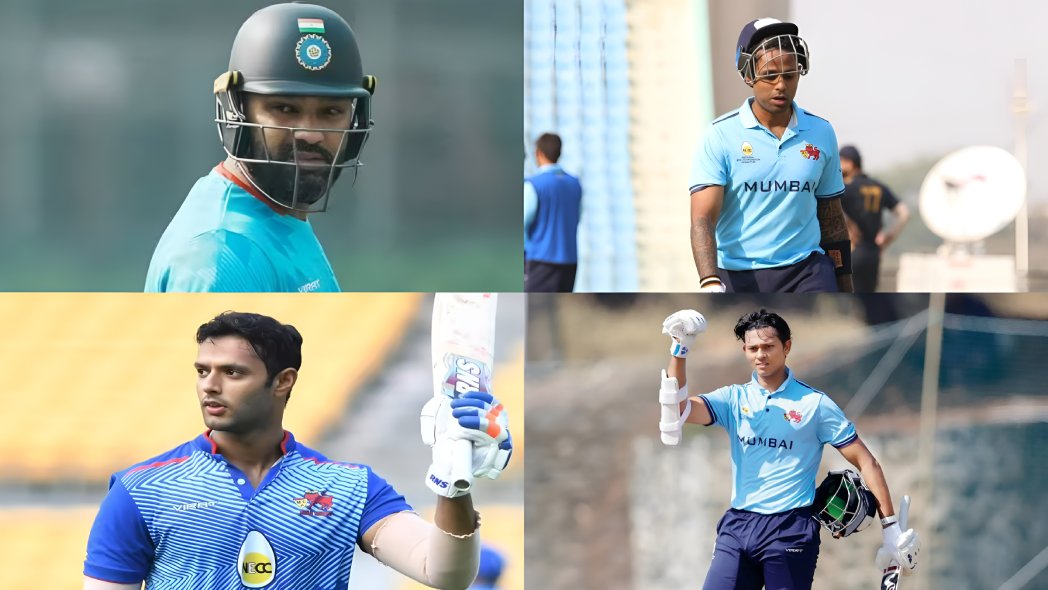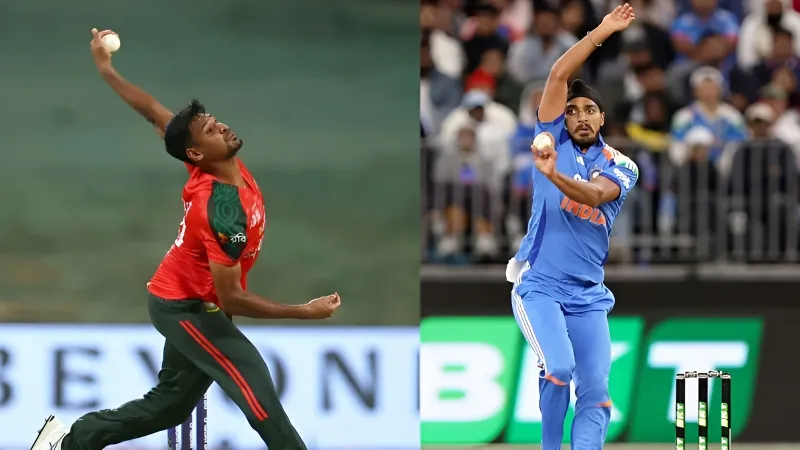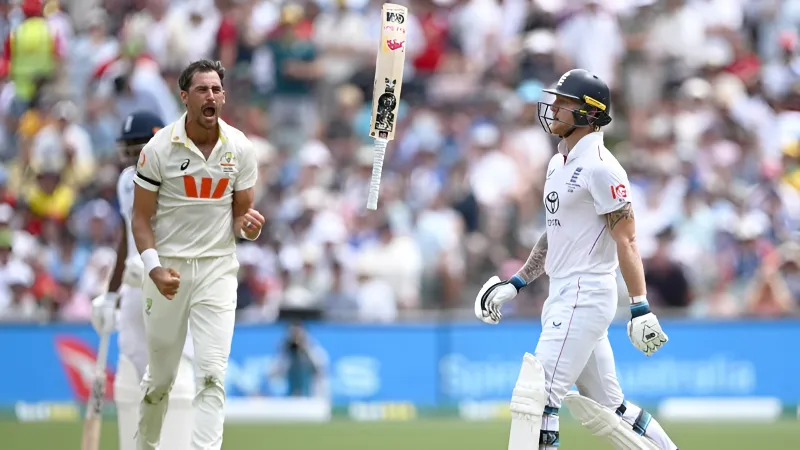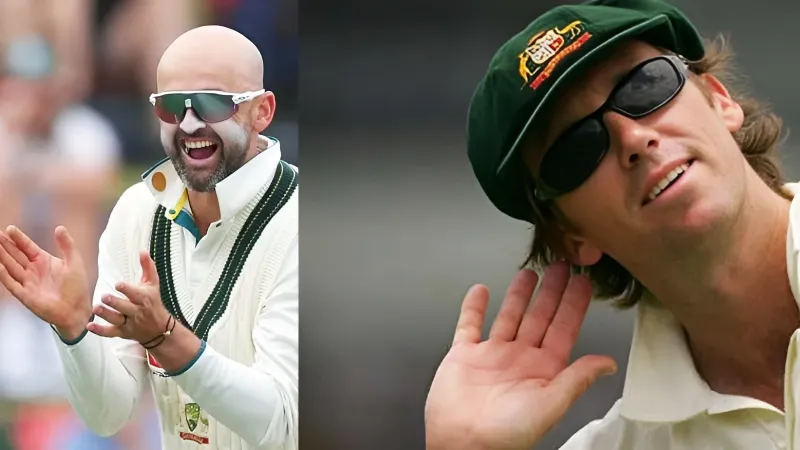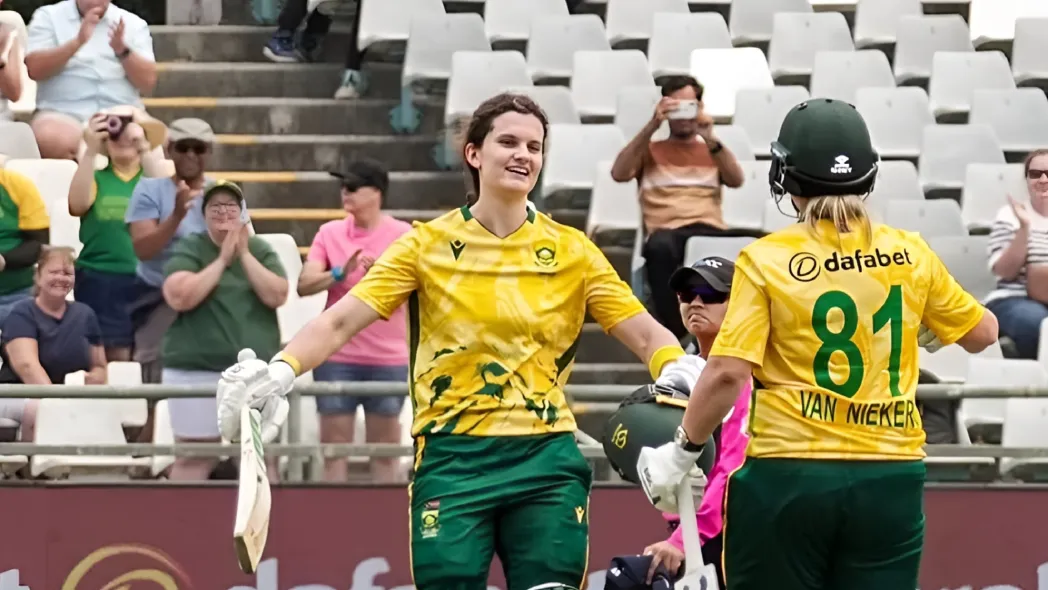There’s a strange duality to this Ashes build-up. Australia looks old but dangerous. England looks aggressive but untested where it matters. And as both squads land in Perth, one searching for stability, the other addicted to acceleration, you get the feeling this series could swing wildly from brilliance to chaos in a matter of sessions.
For Australia, this is the oldest home Ashes squad in decades, headlined by a top order still juggling roles and a fast-bowling unit whose collective mileage looks like a suburban Toyota that’s made six cross-country trips. England, meanwhile, arrives with a clarity of method unseen since the Strauss-Flower era, but with a No. 3 debate that simply refuses to die.
The balance? On paper, it’s closer than expected. In reality, it may hinge on whether England’s 90mph battery survives the series and whether Australia’s golden trio of Khawaja, Smith, and Lyon can squeeze one more masterpiece out of declining timelines.
Shifting Sands at the Top
Since 2019, England’s first-wicket pair of Zak Crawley and Ben Duckett have been the most successful in test cricket; their method is clear, but they also play with an element of counter-attacking intent that has developed under McCullum. Crawley’s 189 at Old Trafford in 2023 will be remembered for years to come by Australians. Duckett’s low-trajectory sweep shot is being tested now more than ever as he faces bouncier pitches.
But the real soap opera, as always, is England’s No. 3. Pope averages just under 39 since 2022, a far cry from frailty, but the lingering sense remains: Will he flourish, or will Jacob Bethell eventually take the job? Australia’s top order is no less chaotic. Khawaja has lost form, Weatherald is on the brink of debut, and the constant shuffling since David Warner’s departure has left Labuschagne longing for stability at No. 3 again.
Middle Orders Built for Mayhem
Smith vs Root is a rivalry that deserves its own documentary. Root enters as the world’s No.1 batter, still hunting that elusive hundred in Australia, an absence that nags at his otherwise pristine résumé. Smith, by contrast, has 18 centuries at home and remains capable of switching into machine mode at any moment.
Travis Head’s freedom mirrors Harry Brook’s fearlessness, but with a key difference: Head averages big in Australia, Brook hasn’t yet cracked the code. Brook’s numbers in Australia (69 runs at 9.85 internationally; 44 at 6.28 in the BBL) are shockingly low for a player of such modern dominance. That will need correcting quickly, because Head, with eight home hundreds, can flip a Test in two hours if left unattended.
Allrounder Influence Tilting the Balance
This entire category is really “Ben Stokes vs the World.” His last Ashes visit ended with him bowling 15 wickets vs India earlier this year, a reminder that he’s still a wrecking ball hiding inside a tactician’s brain. England’s fast men depend on his ability to shoulder ugly overs.
Cameron Green is the long-term Australian investment once tipped as Smith’s heir at No. 4, but his rhythm-based game has been jolted by the IPL-to-Test transitions. Beau Webster has impressed, yet remains the least fear-inducing name in this duel.
Gloves That Could Define Moments
Jamie Smith arrives as England’s bold counterattacking wildcard, a punchy No. 7 with shades of Gilchrist’s audacity and none of Gilchrist’s proven track record in Australia yet. Carey, meanwhile, has quietly averaged 41.89 across his last 18 months of Test cricket. Sure, the Lord’s stumping incident of 2023 will get a few replays, but his recent work shows that he’s grown into a stabilizing force behind Australia’s aging frontliners.
Pace Batteries at Extremely Different Life Stages
The Cummins absence looms large. Hazlewood and Starc remain high-class operators, and Boland eternal owner of that absurd 6 for 7, will be targeted by England’s hyper-aggression. But this attack is undeniably aging; there will be moments when someone less proven is thrust into a decisive spell.
England, by contrast, has velocity in obscene quantities. Archer is back. Wood is sharpening for his final Ashes blast. Atkinson, Carse, Tongue, and Potts, every one of them can consistently hit 90mph/145kph. But this arsenal comes with fragility. One injury mid-match could flip the entire series.
Spin as a Study in Extremes
Nathan Lyon’s 562 wickets need no introduction. Shoaib Bashir’s 20 months of professional cricket, however, absolutely do. England picked him because his high release and steepling bounce theoretically suit Australia. But theory doesn’t win Ashes Tests, control does, and Lyon’s mastery on home soil remains one of the biggest mismatches in the series.
Key Takeaway
England brings the speed; Australia brings the scars. And the Ashes series is usually won by the side whose pain burns hotter.
FAQs
1. Why is England’s pace attack a big talking point?
Because they finally have multiple 90mph quicks fit at the same time, something rare in Ashes history.
2. What’s Australia’s biggest weakness?
Ageing fast bowlers and an unsettled top order post-Warner.
3. Can Joe Root finally score a hundred in Australia?
Yes, but he must overcome Australia’s pace barrage and his own record of starts without conversion.
Disclaimer: This blog post reflects the author’s personal insights and analysis. Readers are encouraged to consider the perspectives shared and draw their own conclusions.
Step into the world of cricket with JeetBuzz News—where expert opinions, trending Blogs, and behind-the-scenes insights meet all your favorite topics. Stay informed, stay entertained, and never miss the stories shaping the cricketing world—only on JeetBuzz News!

